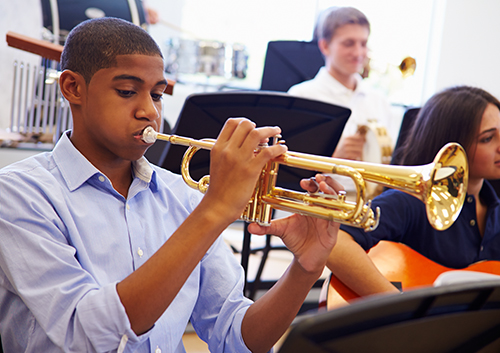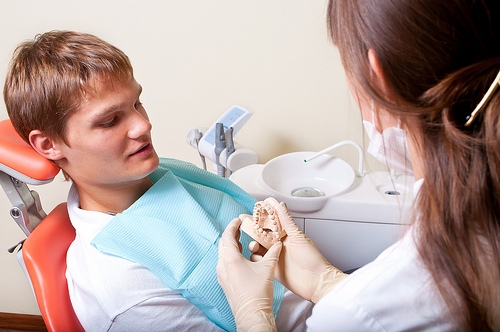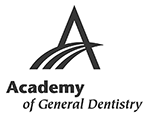How do I know if I need a root canal?
July 22nd, 2020

Tooth decay affects everyone, with studies reporting that 92% of adults have had a cavity at one point in their lifetime. In more serious instances of tooth decay, however, the nerve of the tooth may become infected. This type of infection requires a root canal, in which the affected nerve is removed, and the interior of the tooth is cleaned and filled.
Tooth Anatomy
Although each tooth is covered by a hard outer shell, the interior of a tooth consists of dental pulp. This pulp is soft, containing blood vessels that bring nutrients to the tooth. Each tooth also has an associated nerve, which resides within a root canal passing from the tooth’s root into the dental pulp. This nerve provides information about temperature, allowing teeth to sense heat or cold.
Symptoms of Nerve Infection
Damage to the dental pulp or nerve tissue leads to a rapid multiplication of bacteria within the interior of the tooth. The result may be an abscess, a small pocket near the root of the tooth that becomes full of pus. This infected area commonly causes the following symptoms:
- Intense pain or sensitivity when pressure is applied to the tooth
- Sensitivity to hot or cold temperatures, even after the heat or cold has been removed
- Darkening or discoloration of the affected tooth
- A small, persistent pimple that forms on the gums
- Swollen or tender gums
- Swelling in other areas of the face, neck, or head
Nerve infection may occur due to deep decay, although repeated dental procedures, facial trauma, chipping or cracking of a tooth, or large fillings may also contribute to an abscessed tooth.
What to Do if You Think You Need a Root Canal
Only a visit to Dr. Max Mosslehi can confirm whether a tooth’s nerve has become infected. We will perform an oral examination and X-rays to confirm whether the tooth is abscessed. If a root canal procedure is needed, a small hole will be placed in the tooth. The pulp and nerve tissue are removed from the tooth, which is thoroughly cleaned and filled. Then, the hole is sealed with a special compound to prevent bacteria from entering the tooth’s interior. The entire procedure is performed under local anesthesia to numb pain.
If you think you may have tooth or nerve decay, call our Tustin office today to schedule a diagnostic appointment.











 Website Powered by Sesame 24-7™
Website Powered by Sesame 24-7™